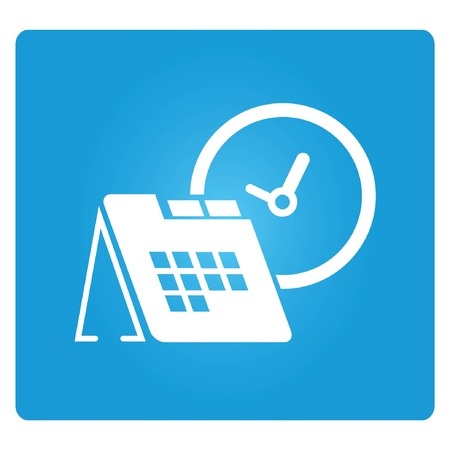
As ophthalmologists navigate their way through their daily patient schedule, it is vital that the provider spends as much quality face-to-face time with each patient as feasible. How frequently is that valuable “quality patient time” interrupted or diminished because the work-up technician and/or scribe has not adequately and/or correctly documented in the patient record/chart? Poor and unacceptable documentation not only leads to provider frustration and disruption to patient care, but can also lead to medical/legal implications, insurance reimbursement denials and meaningful use disallowances.
The practice’s policy and procedure manual should include a clinical protocol that includes data/information that must be obtained from the patient during the exam/visit. The following list of useful questions is a guideline for your ophthalmology practice to use when developing your particular clinical protocol for work-up technician documentation and scribe documentation in the patient chart.
Work-up Technician Documentation:
- Did I double-check to ensure I have the correct record/chart for this patient?
- Have I completed the clinical protocol for this patient’s complaint(s)?
- Does the patient’s symptoms/complaints justify the testing and/or diagnosis?
- Is the patient’s visual acuity reasonable considering the ocular condition?
- Is the patent’s change in refraction reasonable and consistent with the visual acuity?
- Does the manifested cylinder match the corneal cylinder?
- Has the “plan” from the previous visit been completed?
- Have I properly documented everything I did and said today?
- Have all of today’s tests and/or procedures been marked on the fee sheet? Is there a diagnosis for each?
- Did I accurately document the patient’s prescriptions for glasses and medications so they can be finalized by the physician?
Provider’s Scribe Documentation:
- Is everything the physician did for patient and to the patient documented in the record/chart?
- Is everything the physician said to the patient documented in the record/chart?
- Does each patient complaint have an associated assessment?
- Does each assessment have an associated plan?
- Are the tests that are ordered and performed and the resultant diagnoses substantiated by the patient’s complaint(s)?
- Does each test have an order?
- Does each test have an interpretation?
- Are follow-up exams indicated for our physician and network/referral physician?
- Is the fee sheet properly marked?
- Is the exam level, all procedures performed, diagnosis and next visit documented?
- Does each billable test have an appropriate diagnosis connected to it?
- Are appropriate modifiers marked?
- Are there any “special instructions/orders” to be noted for the next visit?
- Have all of the patient’s questions and/or concerns been addressed?
The old adage “if it is not documented, it was not done” will never go out of style. With the current restraints from insurance carriers and the demanding requirements for meaningful use, correct documentation is possibly more important today than ever before. The above guidelines are not an inclusive or comprehensive list. Your practice should develop a clinical policy and protocol for clinical staff documentation and include all the required documentation required by the practice and your providers. Most clinical staff prefer having specific protocols to follow and actually work more effectively when they are taught what is required and held accountable for their performance.
Learn about quality patient care by reading our newest E-Book publication from Advantage Administration, Inc. titled: Optimizing Your Patient Flow In The Clinic or by contacting us.

